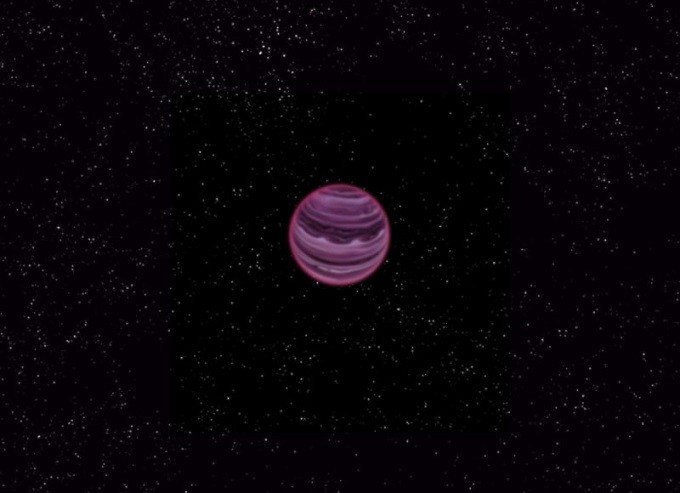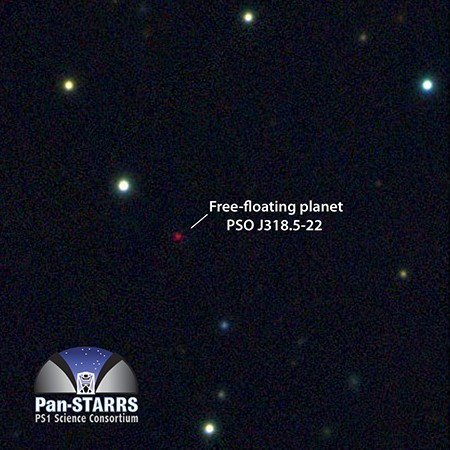Universe's Loneliest Planet Discovered Floating Aimlessly With No Star

The loneliest planet in the universe has been floating around in space with no star to orbit.
Dubbed PSO J318.5-22, the planet is a baby at just 12 million years old. It is floating aimlessly around 80 light years from Earth and has a mass only six times that of Jupiter.
Astronomers at the University of Hawaii observed the planet after it was first spotted by the Pan-STARRS 1 (PS1) wide-field survey telescope on Haleakala, Maui.
It was identified by its faint and unique heat signature and further investigation showed it has properties similar to gas giants found orbiting young stars.
However, PSO J318.5-22 has no star - the first planet of its kind. "We have never before seen an object free-floating in space that that looks like this. It has all the characteristics of young planets found around other stars, but it is drifting out there all alone," said team leader Michael Liu.
"I had often wondered if such solitary objects exist, and now we know they do."

Around 1,000 extrasolar planets have been found over the last 10 years but only a few have been directly captured. All of the planets that have been imaged orbit young stars less than 200 million years old. PSO J318.5-22 is potentially the lowest-mass free floating object on record.
"Planets found by direct imaging are incredibly hard to study, since they are right next to their much brighter host stars. PSO J318.5-22 is not orbiting a star so it will be much easier for us to study," said study co-author Niall Deacon, from the Max Planck Institute for Astronomy in German.
"It is going to provide a wonderful view into the inner workings of gas-giant planets like Jupiter shortly after their birth."
PS1 scans the night sky for faint heat signatures of brown dwarfs. It produces the equivalent of 60,000 iPhone photos every night. The total data set so far is 4,000 Terabytes - or the sum of the digital version of all the films ever made, all books published and all albums ever released.
Eugene Magnier, also co-author of the study, said: "We often describe looking for rare celestial objects as akin to searching for a needle in a haystack. So we decided to search the biggest haystack that exists in astronomy, the dataset from PS1."
© Copyright IBTimes 2025. All rights reserved.






















